 The crew captains walked into the briefing room, looked at the maps and charts and sat down with their big celluloid pads on their knees. The atmosphere was that of a school and a church. The weatherman gave us the weather. The pilots were reminded that Berlin is Germany’s greatest center of war production. The intelligence officer told us how many heavy and light ack-ack guns, how many searchlights we might expect to encounter. Then, Jock, the wing commander, explained the system of markings, the kind of flares that would be used by the pathfinders. He said that concentration was the secret of success in these raids; that as long as the aircraft stayed bunched, they would protect each other.
The crew captains walked into the briefing room, looked at the maps and charts and sat down with their big celluloid pads on their knees. The atmosphere was that of a school and a church. The weatherman gave us the weather. The pilots were reminded that Berlin is Germany’s greatest center of war production. The intelligence officer told us how many heavy and light ack-ack guns, how many searchlights we might expect to encounter. Then, Jock, the wing commander, explained the system of markings, the kind of flares that would be used by the pathfinders. He said that concentration was the secret of success in these raids; that as long as the aircraft stayed bunched, they would protect each other.
The captains of aircraft walked out. I noticed that the big Canadian with the slow, easy grin had printed “Berlin” at the top of his pad and then embellished it with a scroll. The red-headed English boy with the two-weeks’-old mustache was the last to leave the room.
Late in the afternoon we went to the locker room to draw parachutes, Mae Wests [lifevests] and all the rest. As we dressed, a couple of Australians were whistling. Walking out to the bus that was to take us to the aircraft, I heard the station loudspeakers announcing that that evening all personnel would be able to see a film: Star-Spangled Rhythm. Free.
We went out and stood around the big, black four-motored Lancaster, “D for Dog.” A small station wagon delivered a thermos bottle of coffee, chewing gum, an orange, and a bit of chocolate for each man. Up in that part of England the air hums and throbs with the sound of aircraft motors all day, but for half an hour before takeoff the skies are dead, silent and expectant. A lone hawk hovered over the airfield, absolutely still as he faced into the wind. Jack, the tail gunner, said, “It’d be nice to fly like that.” D-Dog eased around the perimeter track to the end of the runway. We sat there for a moment. The green light flashed and we were rolling … ten seconds ahead of schedule.
The takeoff was as smooth as silk. The wheels came up, and D-Dog started the long climb. As we came up through the clouds, I looked right and left and counted fourteen black Lancasters climbing for the place where men must burn oxygen to live. The sun was going down and its red glow made rivers and lakes of fire on the top of the clouds. Down to the southward, the clouds piled up to form castles, battlements, and whole cities, all tinged with red.
Soon we were out over the North Sea. Dave, the navigator, asked Jock if he couldn’t make a little more speed. We were nearly two minutes late. By this time, we were all using oxygen. The talk on the intercom was brief and crisp. Everyone sounded relaxed. For a while, the eight of us in our little world of exile moved over the sea. There was a quarter moon on the starboard beam and Jock’s quiet voice came through the intercom, “That’ll be flak ahead.” We were approaching the enemy coast. The flak looked like a cigarette lighter in a dark room: one that won’t light – sparks but no flame – the sparks crackling just above the level of the cloud tops. We flew steady and straight, and soon the flak was directly below us. D-Dog rocked a little from right to left, but that wasn’t caused by the flak. We were in the slipstream of other Lancasters ahead, and we were over the enemy coast. Then a strange thing happened. The aircraft seemed to grow smaller. Jack in the rear turret, Wally the mid-upper gunner, Titch the wireless operator, all seemed somehow to draw closer to Jock in the cockpit. It was as though each man’s shoulder was against the others. The understanding was complete. The intercom came to life, and Jock said, “Two aircraft on the port beam.” Jack in the tail said, “Okay, sir. They’re Lancs.” The whole crew was a unit and wasn’t wasting words.
The cloud below was ten-tenths. The blue-green jet of the exhausts licked back along the wing, and there were other aircraft all around us. The whole great aerial armada was hurtling toward Berlin. We flew so for twenty minutes, when Jock looked up at a vapor trail curling above us, remarking in a conversational tone that, from the look of it, he thought there was a fighter up there. Occasionally the angry red of ack-ack burst through the clouds, but it was far away, and we took only an academic interest. We were flying in the third wave.
Jock asked Wally in the mid-upper turret, and Jack in the rear, if they were cold. They said they were all right and thanked him for asking. He even asked how I was and I said, “All right so far.” The cloud was beginning to thin out. Off to the north we could see lights, and the flak began to liven up ahead of us. Buzz, the bomb-aimer, crackled through on the intercom, “There’s a battle going on over on the starboard beam.” We couldn’t see the aircraft, but we could see the jets of red tracer being exchanged. Suddenly, there was a burst of yellow flame and Jock remarked, “That’s the fighter going down. Note the position.” The whole thing was interesting, but remote. Dave, the navigator, who was sitting back with his maps, charts and compasses, said, “The attack ought to begin in exactly two minutes.” We were still over the clouds.
But suddenly those dirty gray clouds turned white and we were over the outer searchlight defenses. The clouds below us were white, and we were black. D-Dog seemed like a black bug on a white sheet. The flak began coming up, but none of it close. We were still a long way from Berlin. I didn’t realize just how far. Jock observed, “There’s a kite on fire dead ahead.” It was a great, golden, slow-moving meteor slanting toward the earth. By this time we were about thirty miles from our target area in Berlin. That thirty miles was the longest flight I have ever made.
Dead on time, Buzz the bomb-aimer reported, “Target indicators going down.” At the same moment, the sky ahead was lit up by bright yellow flares. Off to starboard another kite went down in flames. The flares were sprouting all over the sky, reds and greens and yellows, and we were flying straight for the center of the fireworks. D-Dog seemed to be standing still, the four propellers thrashing the air, but we didn’t seem to be closing in. The clouds had cleared, and off to the starboard a Lanc was caught by at least fourteen searchlight beams. We could see him twist and turn and finally break out. But still, the whole thing had a quality of unreality about it. No one seemed to be shooting at us, but it was getting lighter all the time. Suddenly, a tremendous big blob of yellow light appeared dead ahead; another to the right and another to the left. We were flying straight for them.
Jock pointed out to me the dummy fires and flares to right and left, but we kept going in. Dead ahead there was a whole chain of red flares looking like stoplights. Another Lanc was coned on our starboard beam. The lights seemed to be supporting it. Again we could see those little bubbles of colored lead driving at it from two sides. The German fighters were at him. And then, with no warning at all, D-Dog was filled with an unhealthy white light.
I was standing just behind Jock and could see all the seams on the wings. His quiet Scots voice beat in my ears, “Steady lads, we’ve been coned.” His slender body lifted half out of the seat as he jammed the control column forward and to the left. We were going down. Jock was wearing woolen gloves with the fingers cut off. I could see his fingernails turn white as he gripped the wheel. And then I was on my knees, flat on the deck, for he had whipped the Dog back into a climbing turn. The knees should have been strong enough to support me, but they weren’t, and the stomach seemed in some danger of letting me down too. I picked myself up and looked out again. It seemed that one big searchlight, instead of being twenty thousand feet below, was mounted right on our wingtip. D-Dog was corkscrewing. As we rolled down on the other side, I began to see what was happening to Berlin.
The clouds were gone, and the sticks of incendiaries from the preceding waves made the place look like a badly laid-out city with the streetlights on. The small incendiaries were going down like a fistful of white rice thrown on a piece of black velvet. As Jock hauled the Dog up again, I was thrown to the other side of the cockpit. And there below were more incendiaries, glowing white and then turning red. The cookies, the four-thousand-pound high explosives, were bursting below like great sunflowers gone mad. And then, as we started down again, still held in the lights, I remembered that the Dog still had one of those cookies and a whole basket of incendiaries in his belly, and the lights still held us, and I was very frightened.
While Jock was flinging us about in the air, he suddenly yelled over the intercom, “Two aircraft on the port beam.” I looked astern and saw Wally, the mid-upper, whip his turret around to port, and then looked up to see a single-engine fighter slide just above us. The other aircraft was one of ours. Finally, we were out of the cone, flying level. I looked down, and the white fires had turned red. They were beginning to merge and spread, just like butter does on a hot plate. Jock and Buzz, the bomb-aimer, began to discuss the target. The smoke was getting thick down below. Buzz said he liked the two green flares on the ground almost dead ahead. He began calling his directions. Just then a new bunch of big flares went down on the far side of the sea of flame that seemed to be directly below us. He thought that would be a better aiming point. Jock agreed and we flew on.
The bomb doors were opened. Buzz called his directions: “Five left, five left.” And then, there was a gentle, confident upward thrust under my feet and Buzz said, “Cookie gone.” A few seconds later, the incendiaries went, and D-Dog seemed lighter and easier to handle.
I thought I could make out the outline of streets below, but the bomb-aimer didn’t agree, and he ought to know. By this time, all those patches of white on black had turned yellow and started to flow together. Another searchlight caught us but didn’t hold us. Then, through the intercom came the word, “One can of incendiaries didn’t clear. We’re still carrying it.” And Jock replied, “Is it a big one or a little one?” The word came back: “Little one I think, but I’m not sure. I’ll check.” Finally, the intercom announced that it was only a small container of incendiaries left, and Jock remarked, “Well, it’s hardly worth going back and doing a run up for that.” If there had been a good fat bundle left, he would have gone back through that stuff and done it all over again. I began to breathe, and to reflect again, that all men would be brave if only they could leave their stomachs at home. Then there was a tremendous whoomph, an unintelligible shout from the tail gunner, and D-Dog shivered and lost altitude. I looked to the port side and there was a Lancaster that seemed close enough to touch. He had whipped straight under us; missed us by twenty-five, fifty feet, no one knew how much.
The navigator sang out the new course and we were heading for home. Jock was doing what I had heard him tell his pilots to do so often – flying dead on course. He flew straight into a huge green searchlight, and as he rammed the throttles home he remarked, “We’ll have a little trouble getting away from this one.” Again D-Dog dove, climbed and twisted, and was finally free. We flew level then. I looked on the port beam at the target area. There was a red, sullen, obscene glare. The fires seemed to have found each other … and we were heading home.
For a little while it was smooth sailing. We saw more battles. Then another plane in flames, but no one could tell whether it was ours or theirs. We were still near the target. Dave, the navigator said, “Hold her steady, skipper. I want to get an astral sight.” Jock held her steady. And the flak began coming up at us. It seemed to be very close. It was winking off both wings, but the Dog was steady. Finally, Dave said, “Okay, skipper. Thank you very much.” A great orange blob of flak smacked up straight in front of us, and Jock said “I think they’re shooting at us.” I’d thought so for some time. He began to throw D for Dog up, around, and about again. When we were clear of the barrage, I asked him how close the bursts were and he said, “Not very close. When they’re really near, you can smell ’em.” That proved nothing for I’d been holding my breath.
Jack sang out from the rear turret that his oxygen was getting low; he thought maybe the lead had frozen. Titch the wireless operator went scrambling back with a new mask and a bottle of oxygen. Dave said, “We’re crossing the coast.” My mind went back to the time I had crossed that coast in 1938, in a plane that had taken off from Prague. Just ahead of me sat two refugees from Vienna – an old man and his wife. The copilot came back and told them that we were outside German territory. The old man reached out and grasped his wife’s hand. The work that was done last night was a massive blow of retribution, for all those who have fled from the sound of shots and blows on a stricken continent.
We began to lose height over the North Sea. We were over England’s shores. The land was dark beneath us. Somewhere down there below, American boys were probably bombing up Fortresses and Liberators, getting ready for the day’s work. We were over the home field. We called the control tower and the calm, clear voice of an English girl replied, “Greetings D-Dog. You are diverted to Mulebag.” We swung round, contacted Mulebag, came in on the flare path, touched down very gently, ran along to the end of the runway and turned left. And Jock, the finest pilot in Bomber Command, said to the control tower, “D-Dog clear of runway.”
When we went in for interrogation, I looked on the board and saw that the big, slow-smiling Canadian and the red-headed English boy with the two-weeks’-old moustache hadn’t made it. They were missing.
There were four reporters on this operation. Two of them didn’t come back. Two friends of mine, Norman Stockton of Australian Associated Newspapers, and Lowell Bennett, an American representing International News Service. There is something of a tradition amongst reporters, that those who are prevented by circumstances from filing their stories will be covered by their colleagues. This has been my effort to do so. In the aircraft in which I flew, the men who flew and fought poured into my ears their comments on fighters, flak, and flares in the same tone that they would have used in reporting a host of daffodils. I have no doubt that Bennett and Stockton would have given you a better report of last night’s activity.
Berlin was a thing of orchestrated Hell – a terrible symphony of light and flames. It isn’t a pleasant kind of warfare – the men doing it speak of it as a job. Yesterday afternoon, when the tapes were stretched out on the big map all the way to Berlin and back again, a young pilot with old eyes said to me, “I see we’re working again tonight.” That’s the frame of mind in which the job is being done. The job isn’t pleasant; it’s terribly tiring. Men die in the sky while others are roasted alive in their cellars. Berlin last night wasn’t a pretty sight. In about 35 minutes it was hit with about three times the amount of stuff that ever came down on London in a night-long blitz. This is a calculated, remorseless campaign of destruction. Right now the mechanics are probably working on D-Dog, getting him ready to fly again.
Source: Library of Congress, Milo Ryan Phonoarchive tapes 774-775

“I think my dad bought a John Deere D tractor along about ’24 or ’25 and bought it to plow with…They raised wheat and had to do a lot of plowing with that. He bought a Case Model L tractor with a four cylinder [in 1928]. He got that to pull the threshing machine with. It also could plow and disc…The first one … run on kerosene, but it had a little tank that had gasoline in it that you started it with…You’d open the petcock over the valve … and you had the flywheel on the side and you’d turn the flywheel and then suck the gas in and the it would fire. And when it got to firing, you’d shut the little petcock off. And then as soon as it warmed up a little, you’d … turn it from gasoline over to kerosene and then as long as it was warm it would run good on kerosene. Then the Case tractor had the crank in front … but you just cranked it like a Ford Model T [car]…With the horses you raised your own feed, raised oats and alfalfa to feed them … and then you went to tractors … you had to buy your fuel. So you’d have to use your cropland to raise the money to buy tractor fuel… So might be better off with just horses.” — Kenneth Jackson

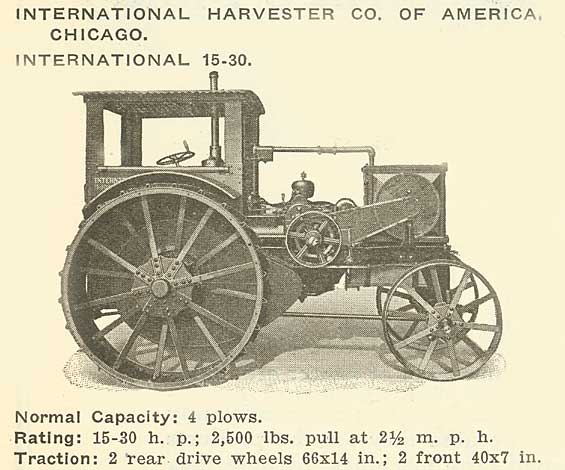
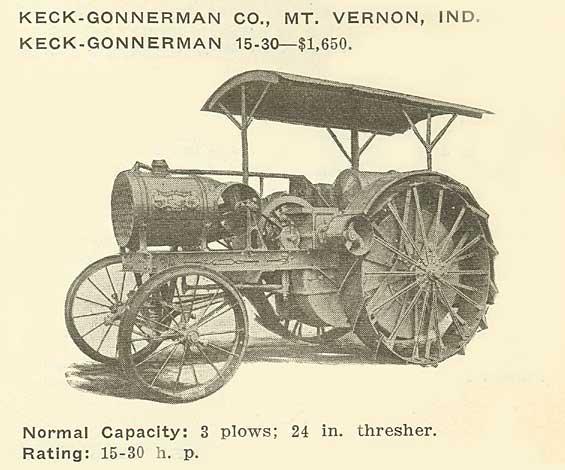
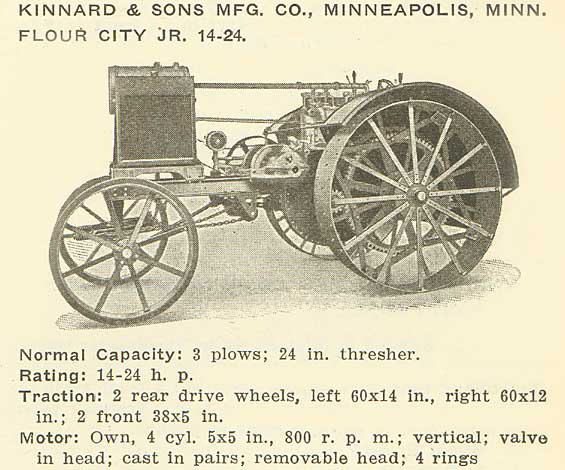
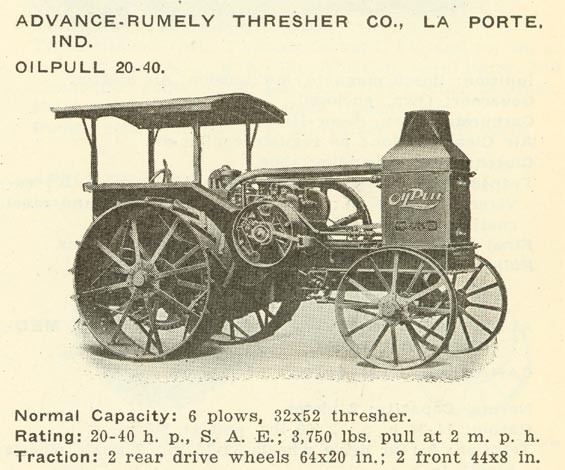
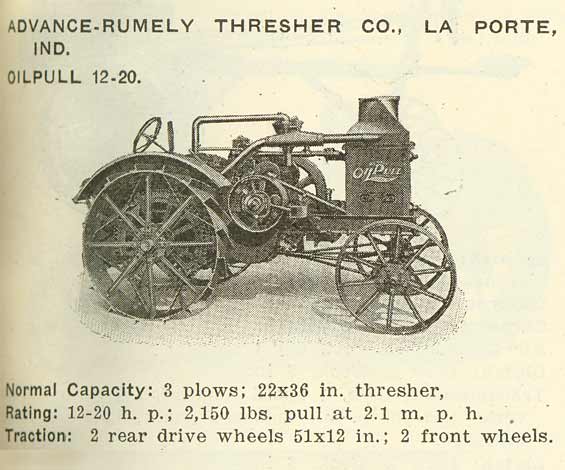
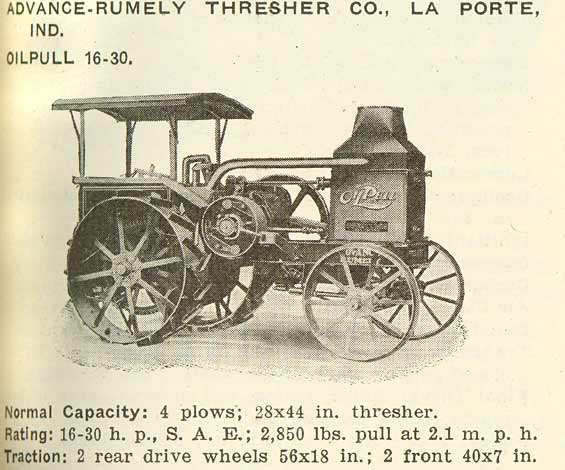
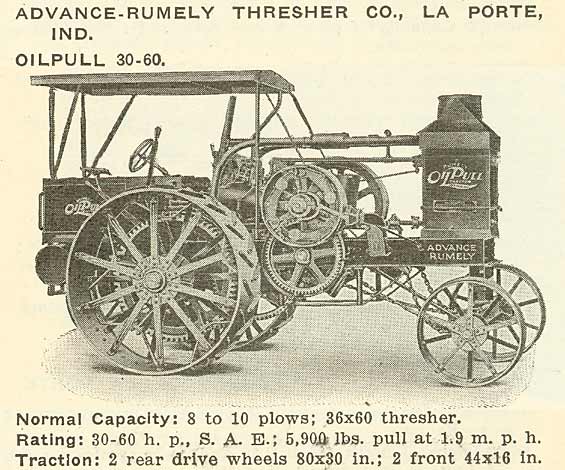
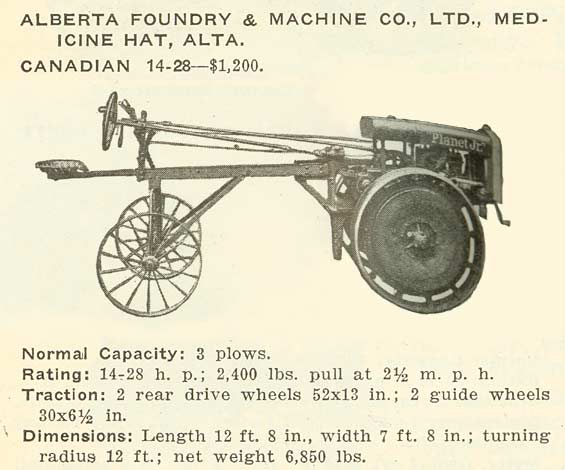
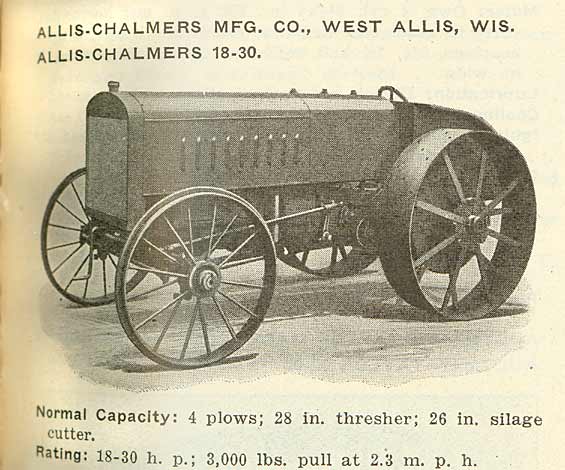
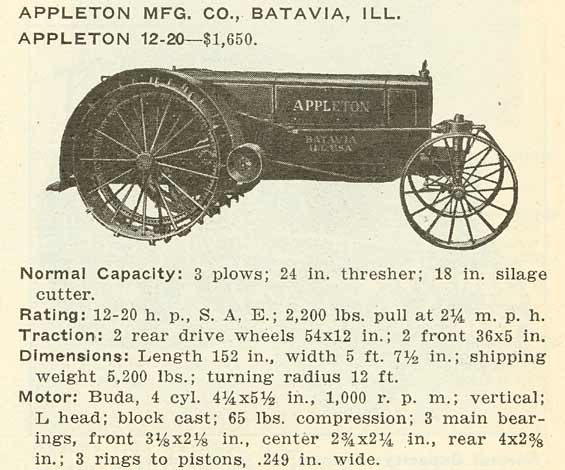
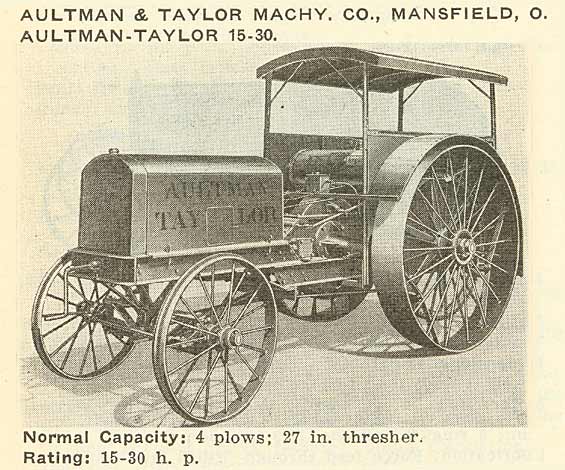
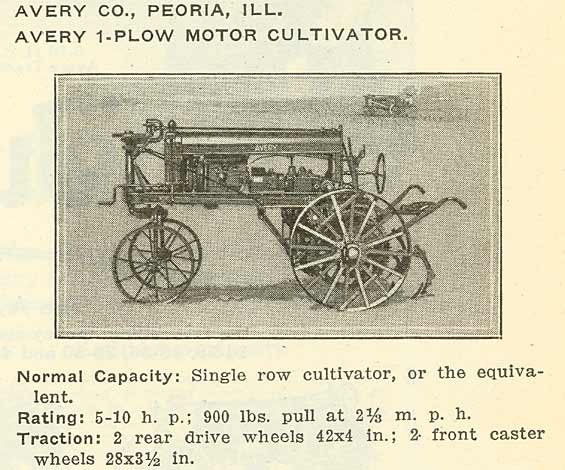
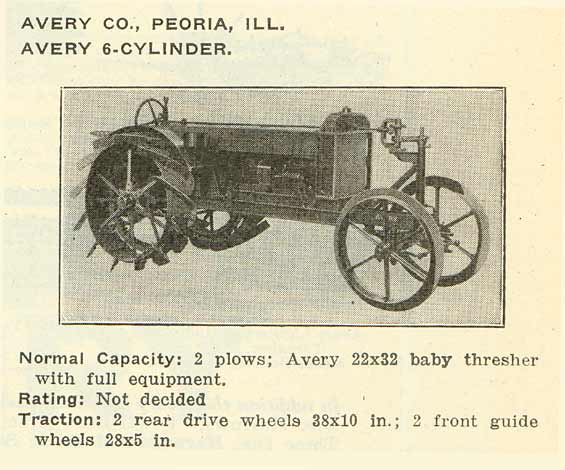
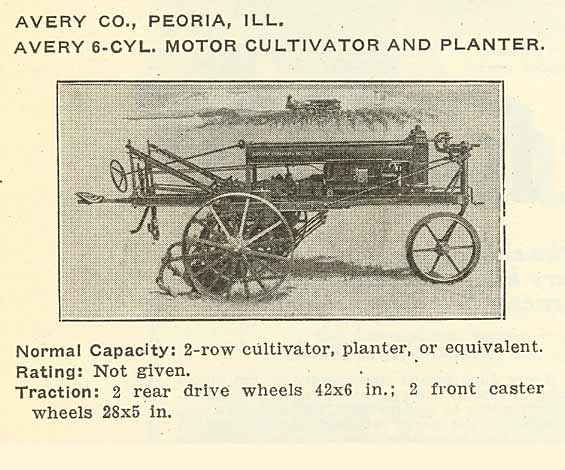
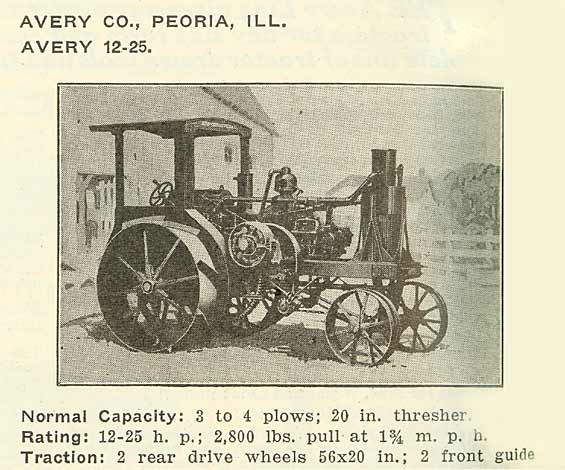
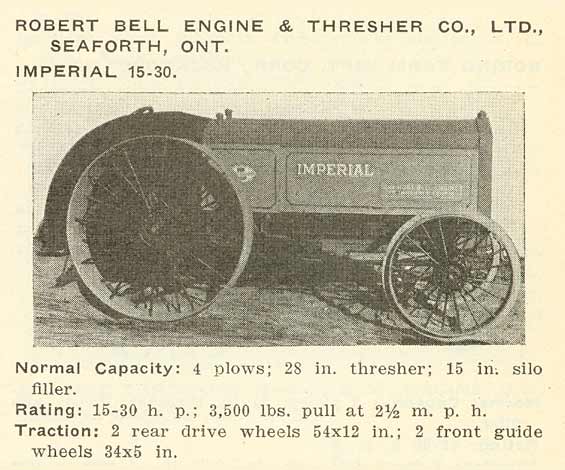
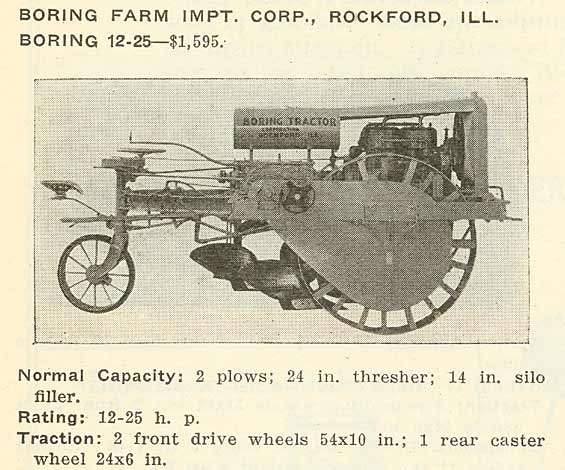

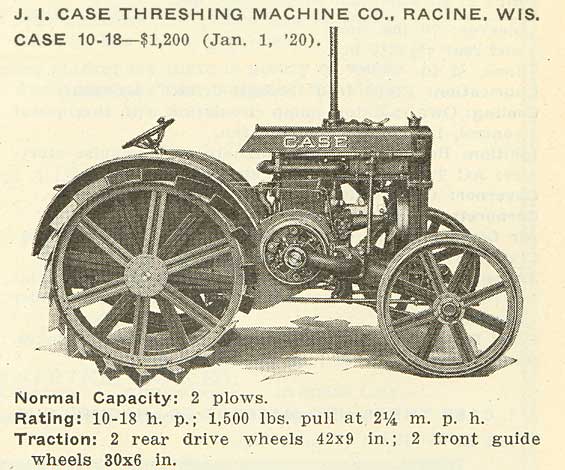
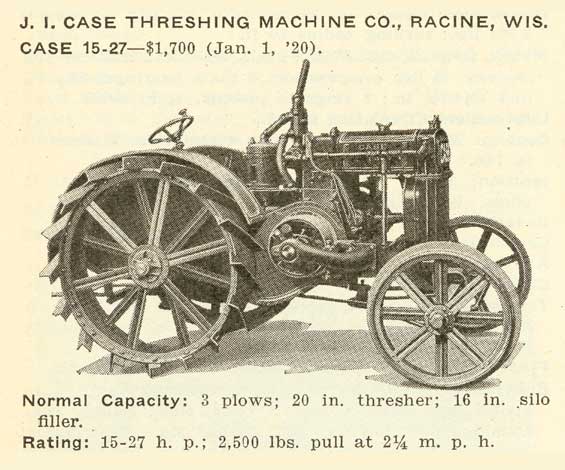
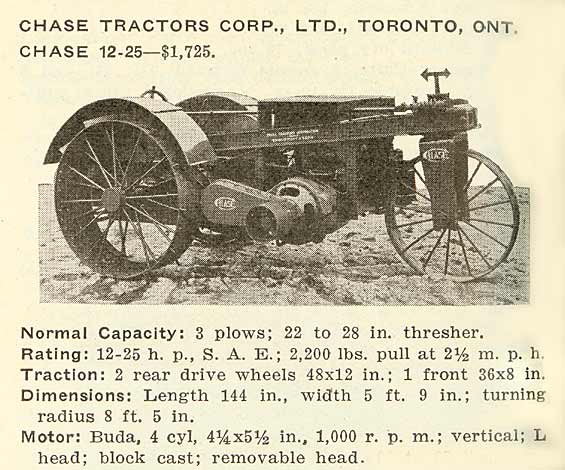
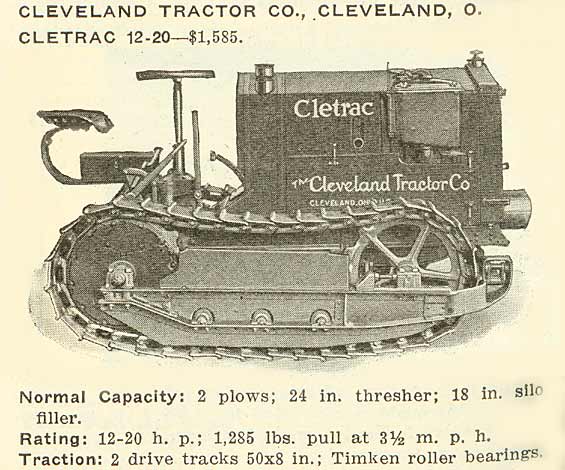
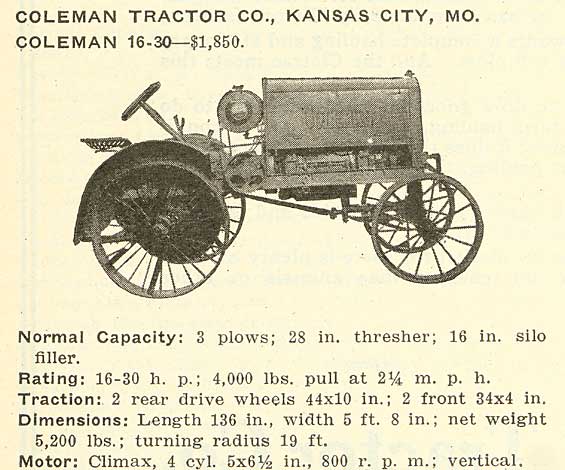
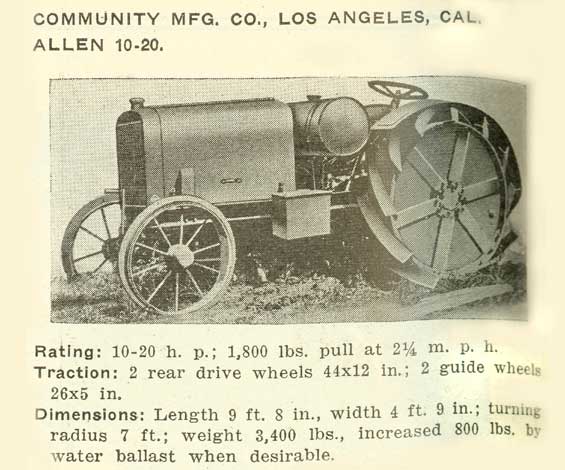
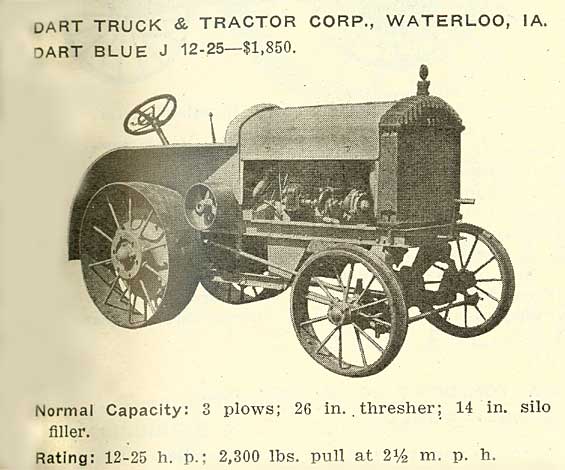
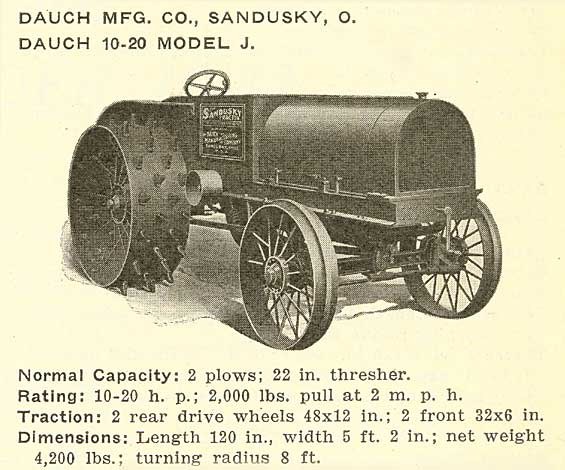
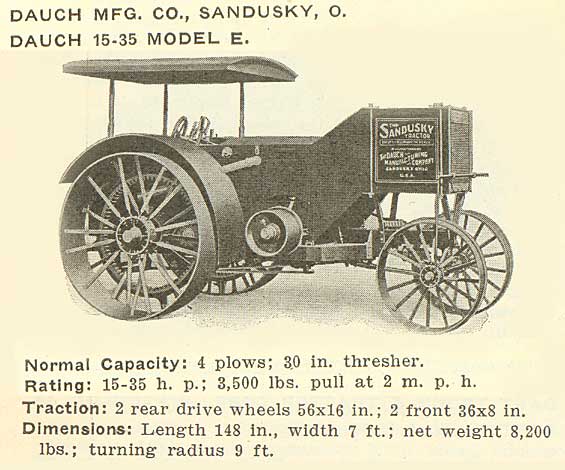
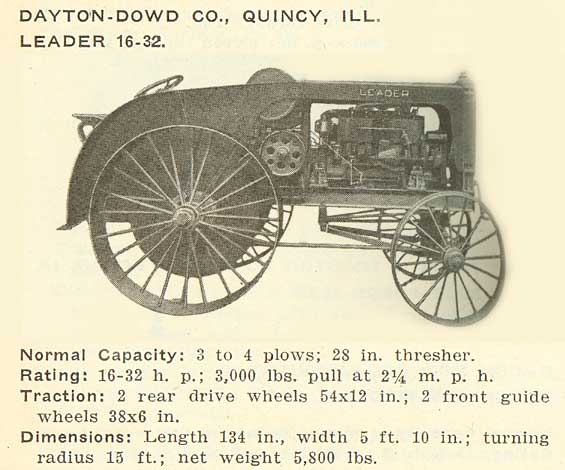
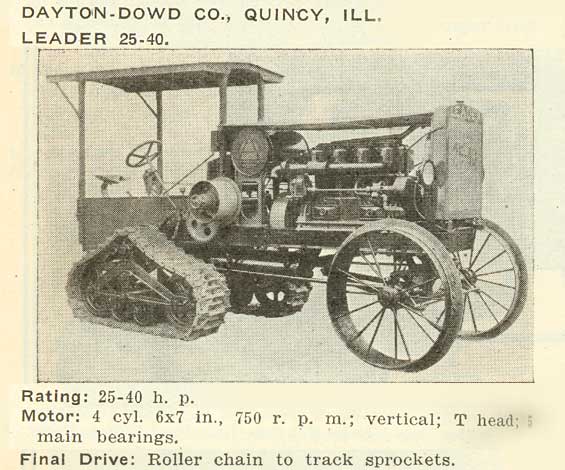
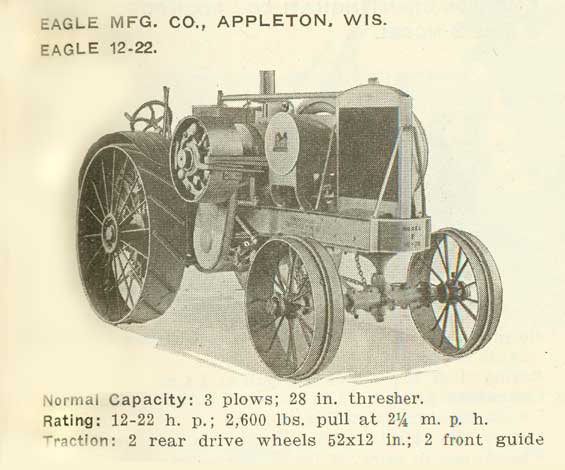
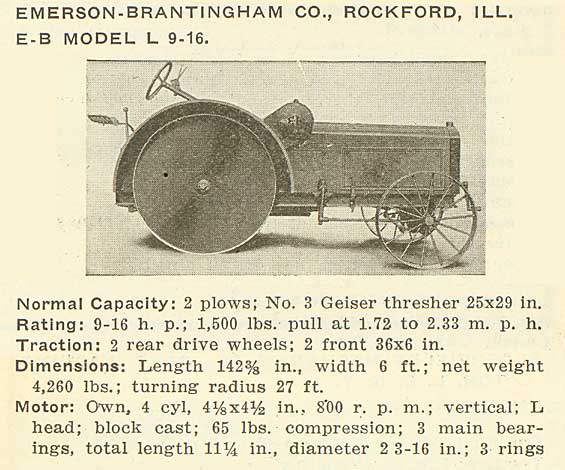
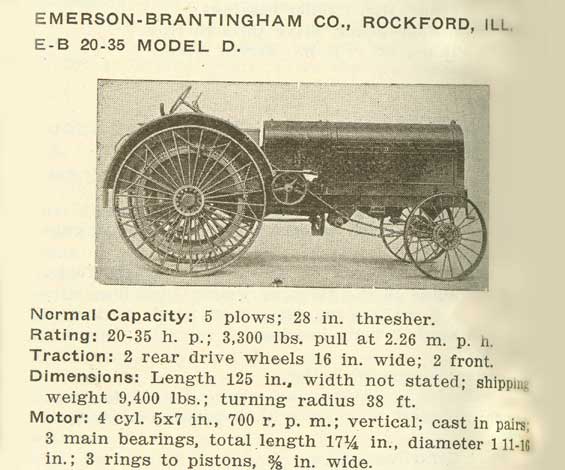
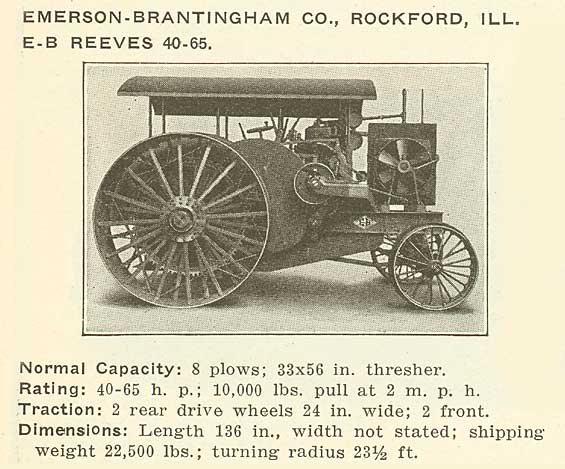
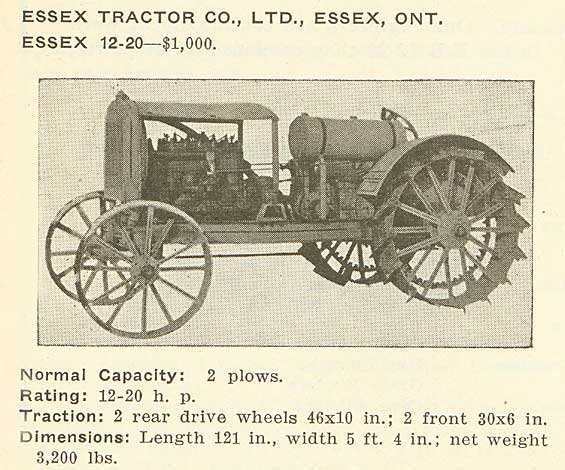
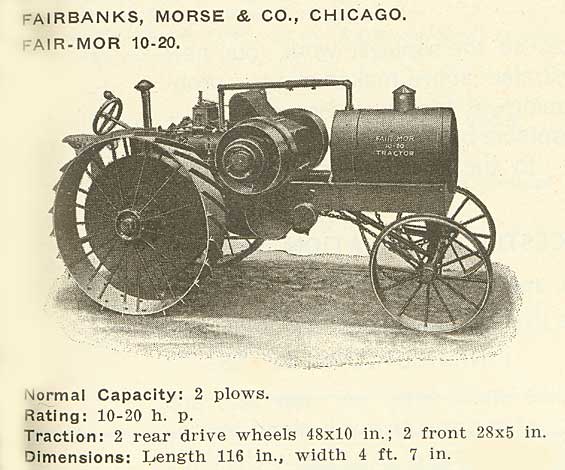
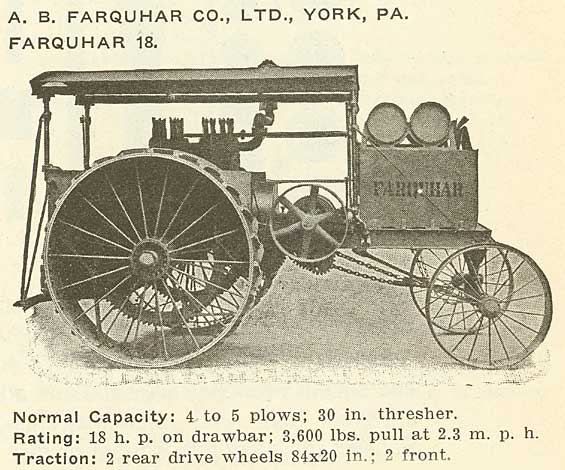
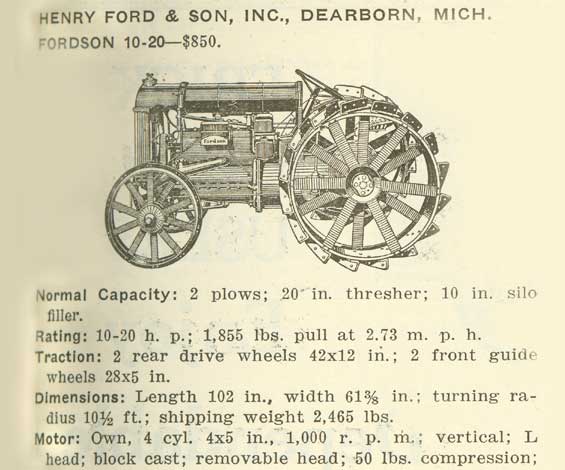
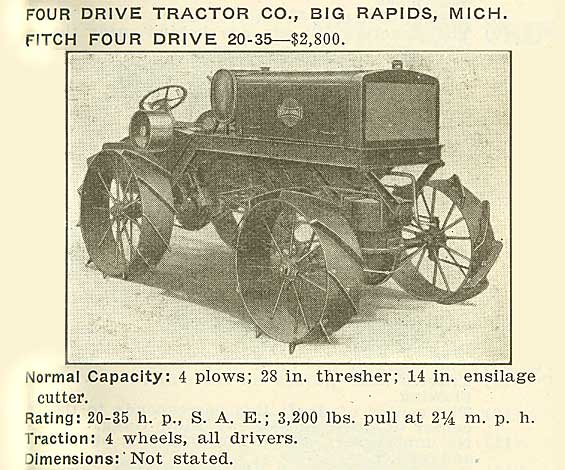
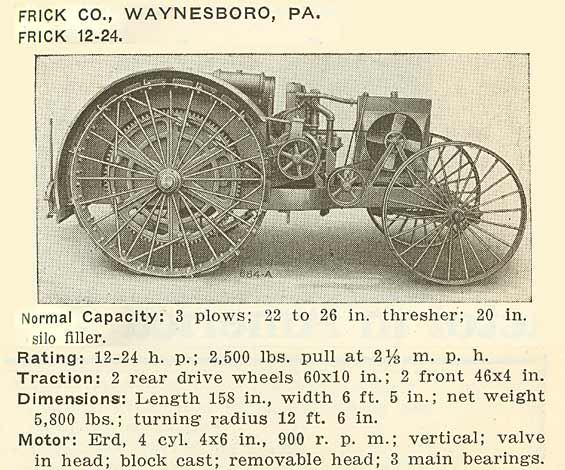
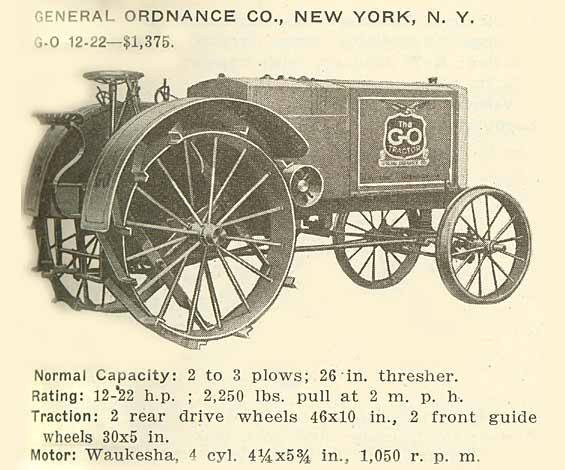
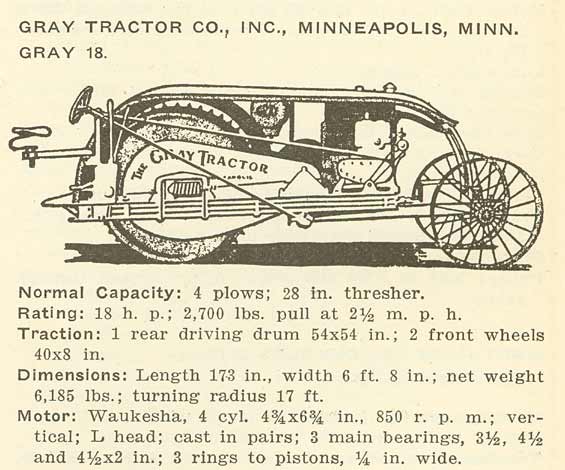
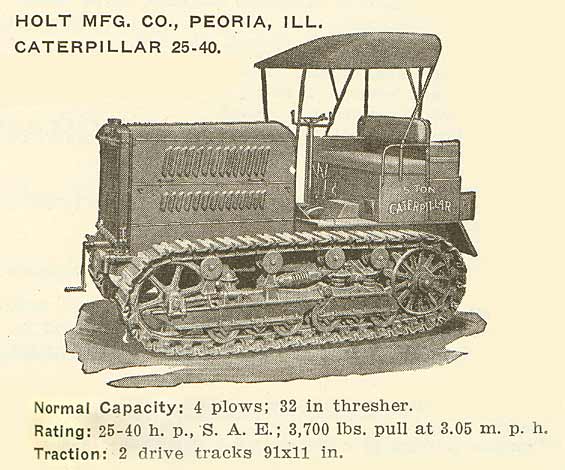
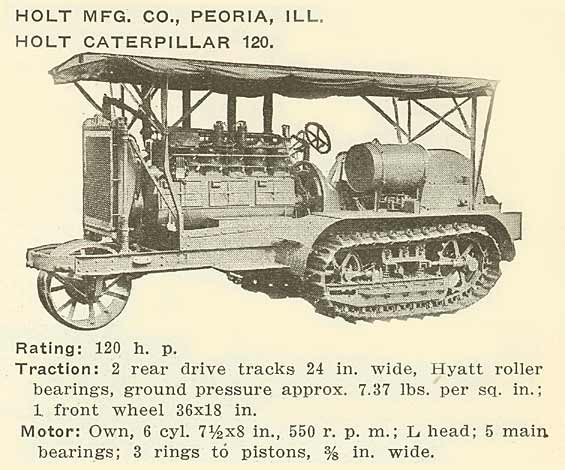
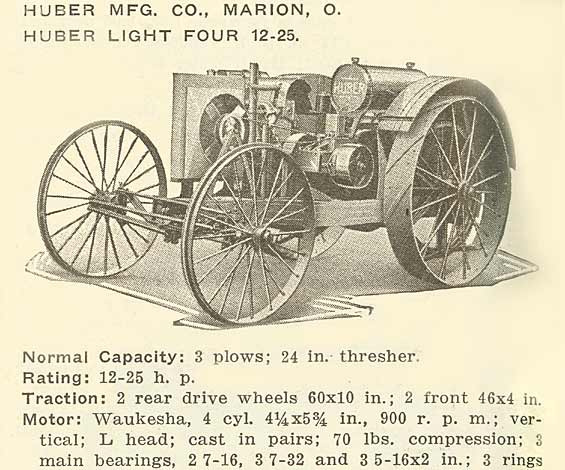

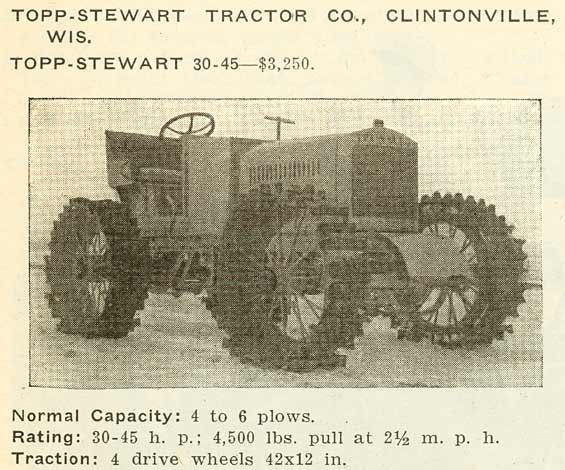

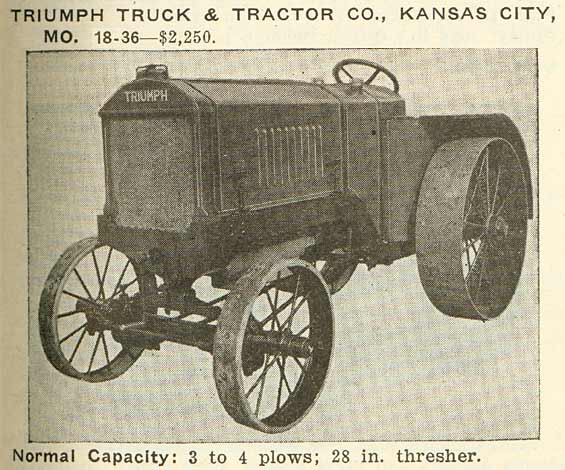
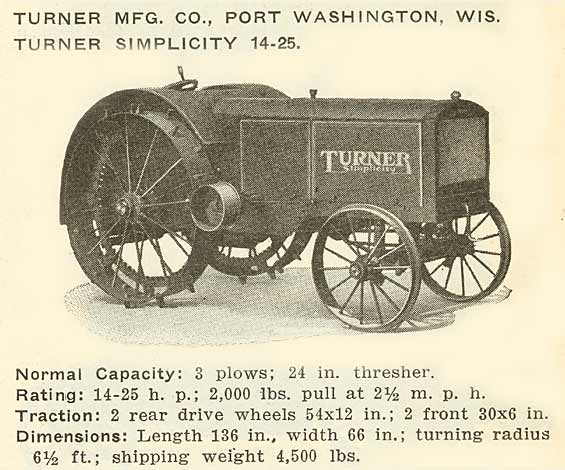
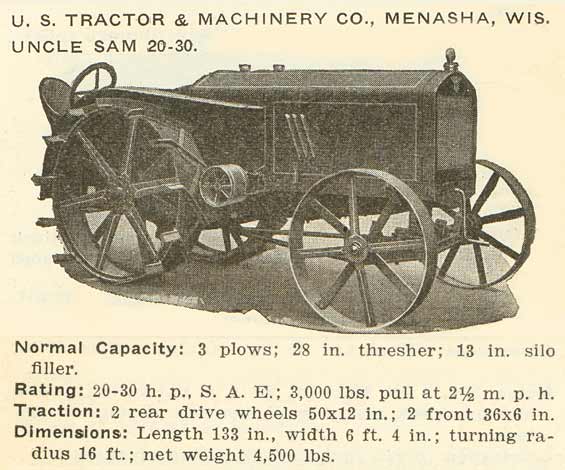
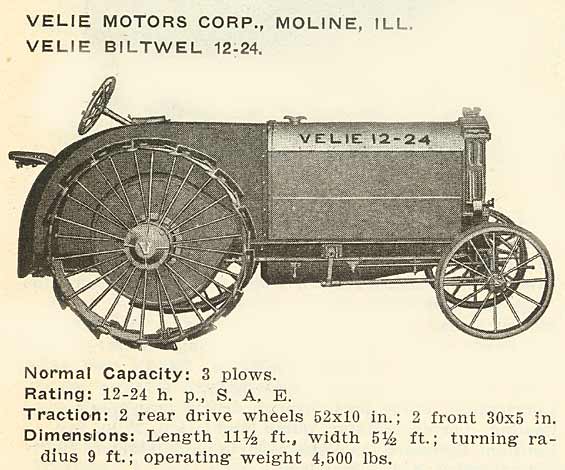
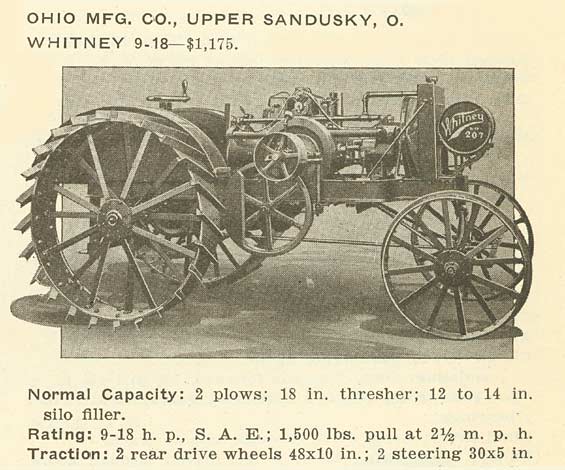
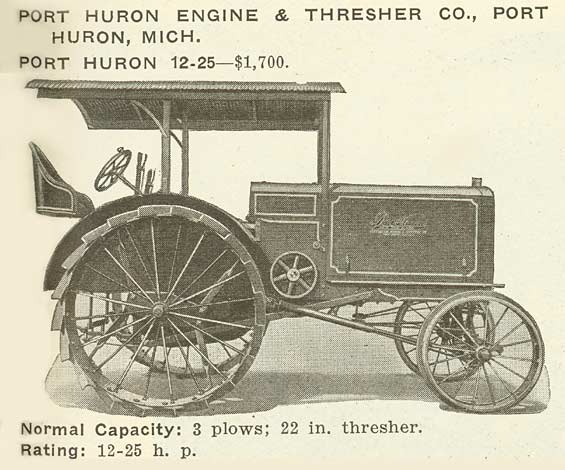
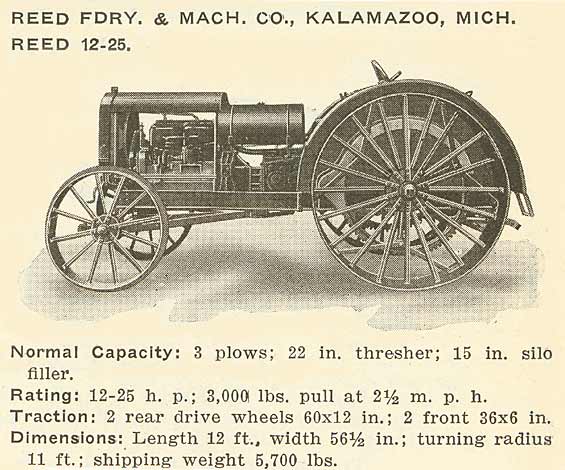
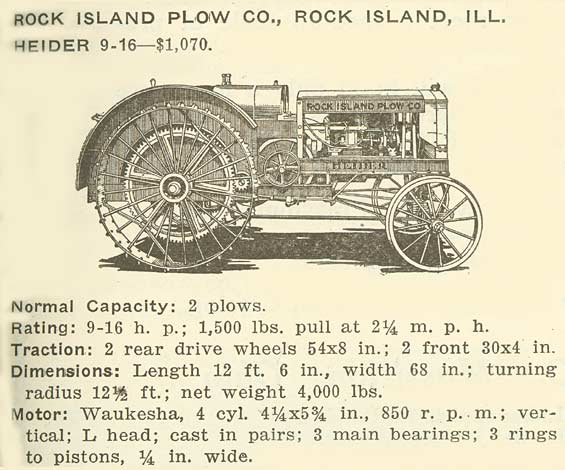

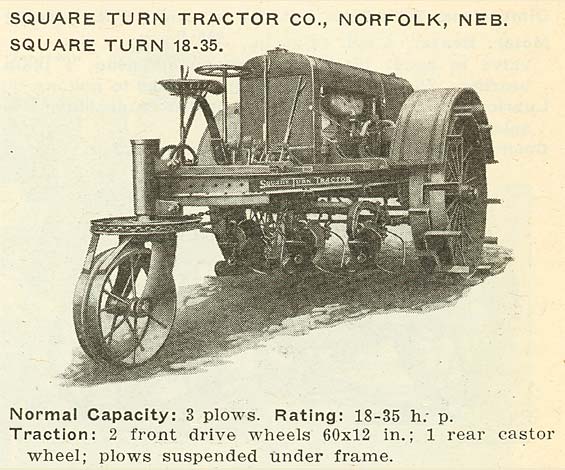
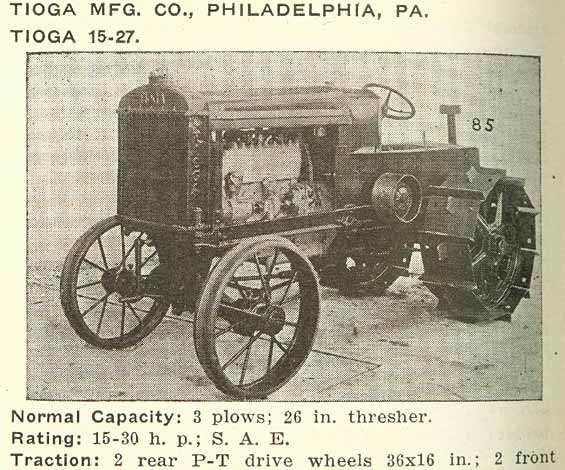
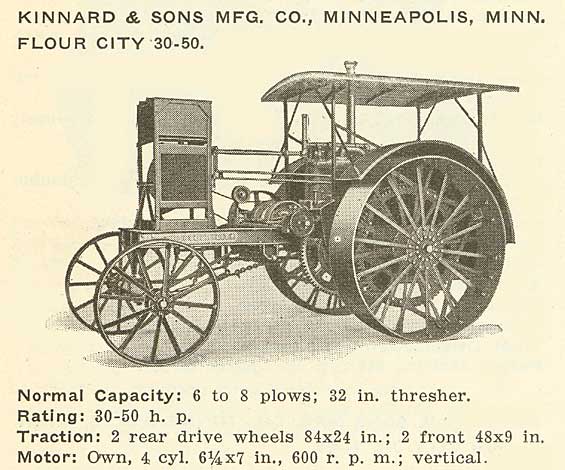
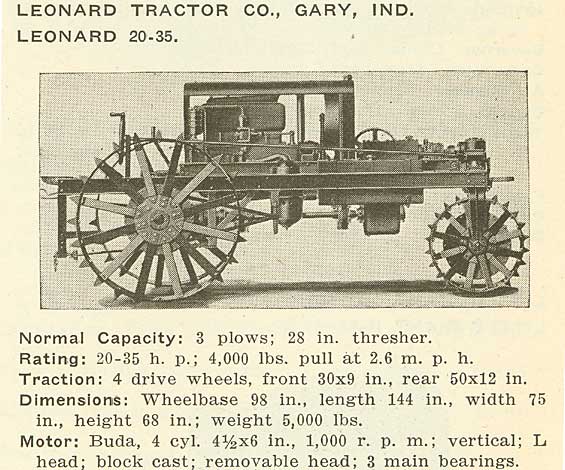

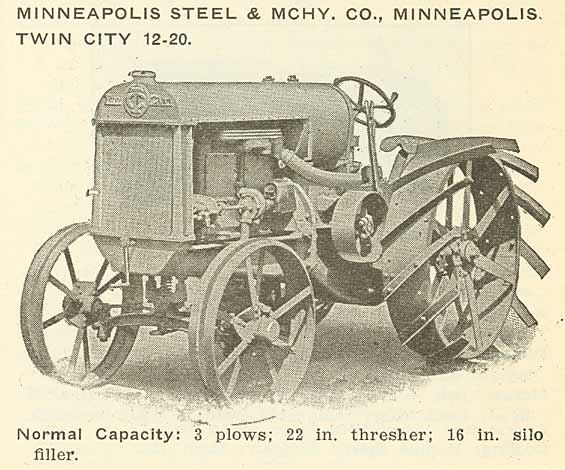
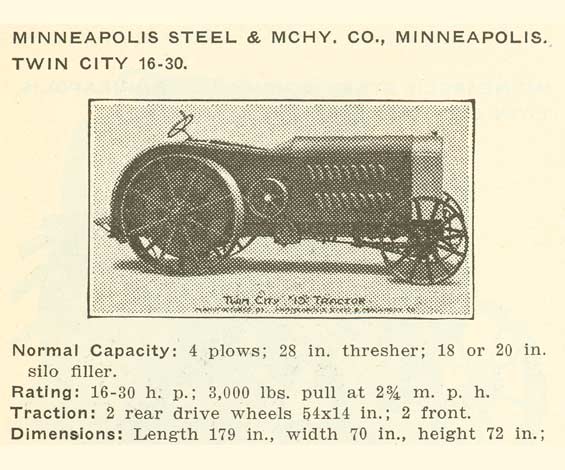
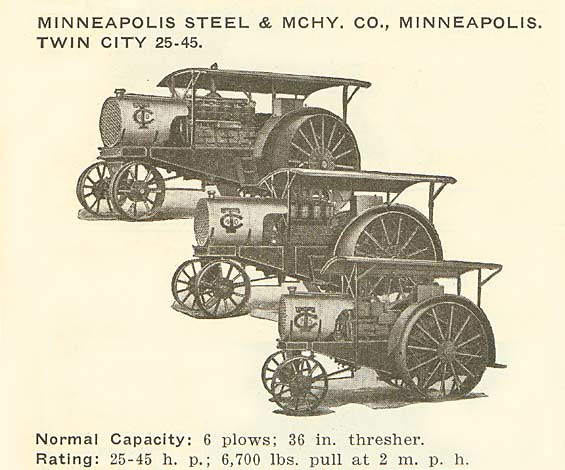
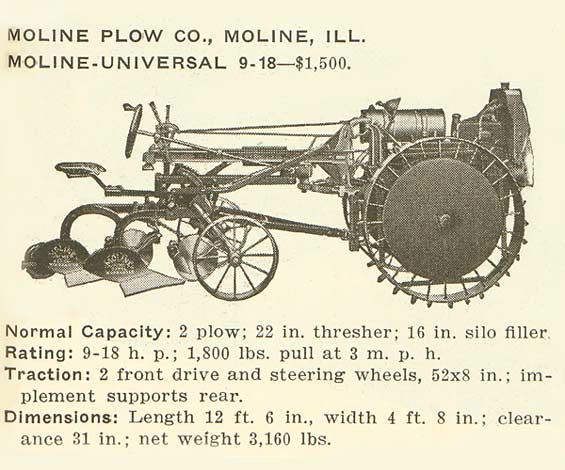
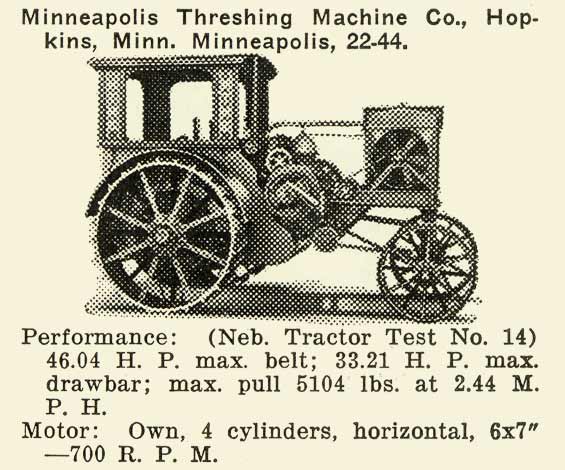
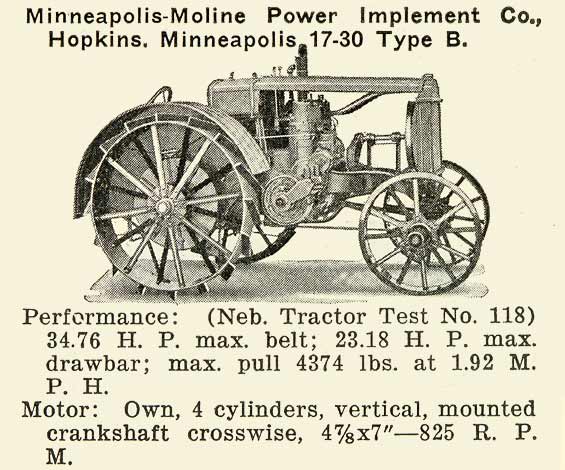
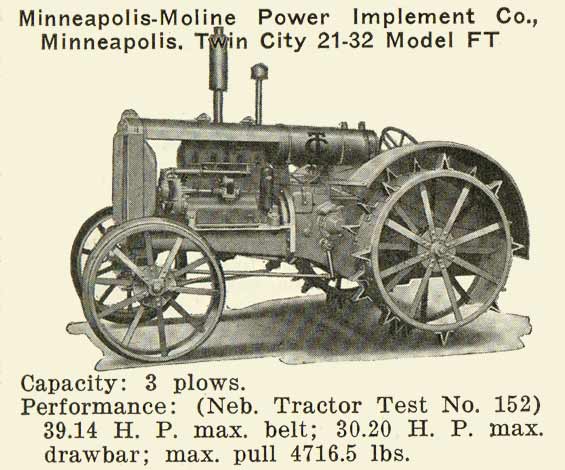
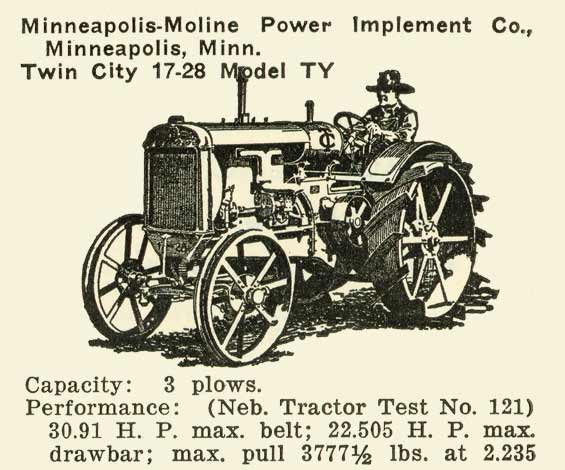
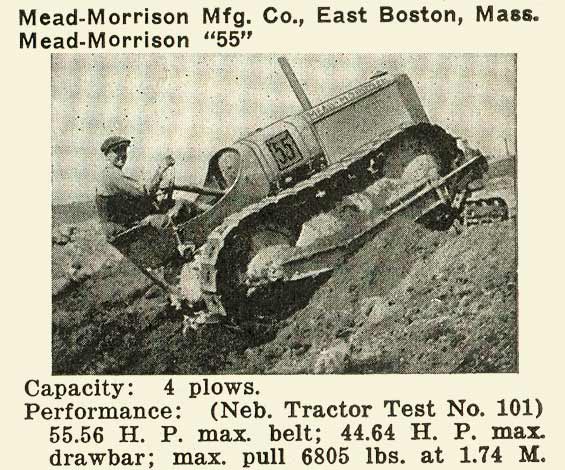
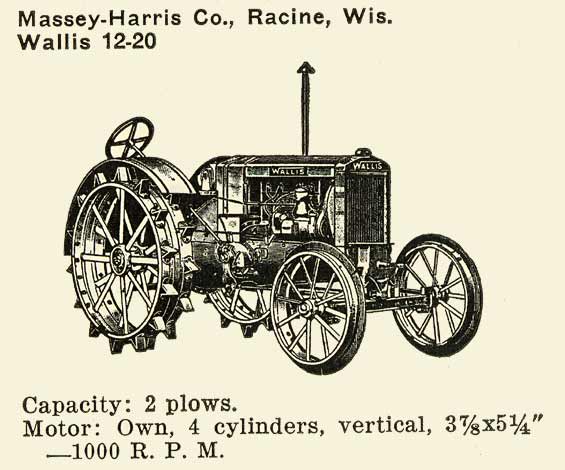
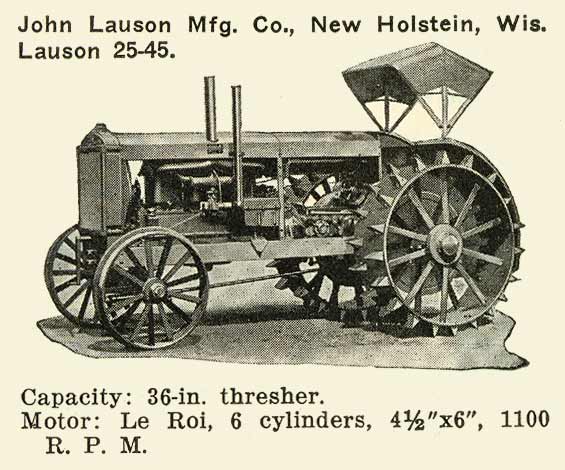
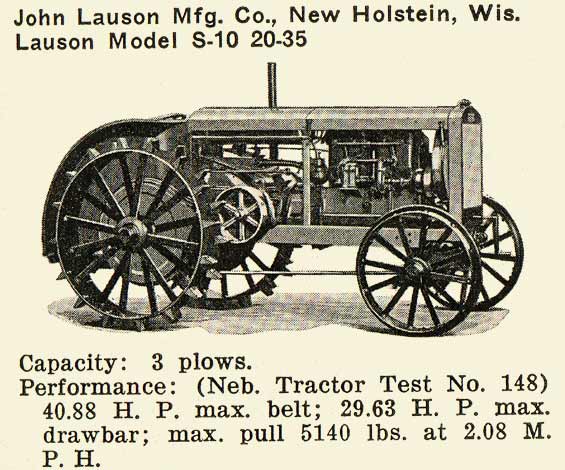
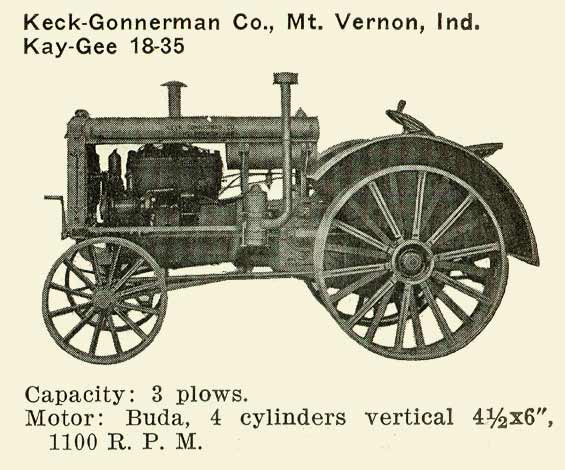
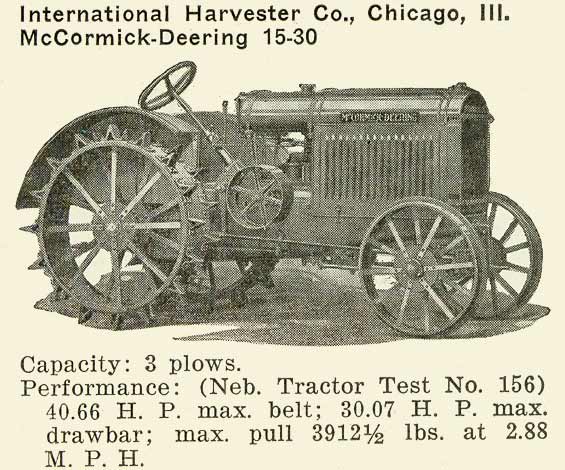
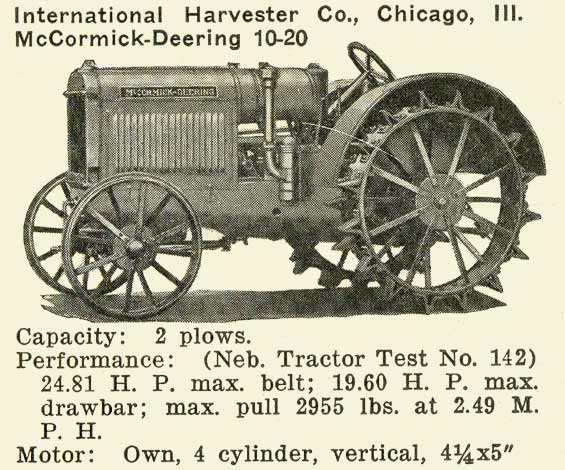
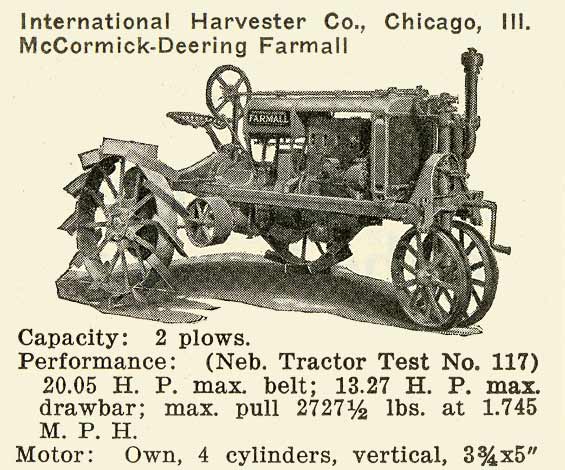
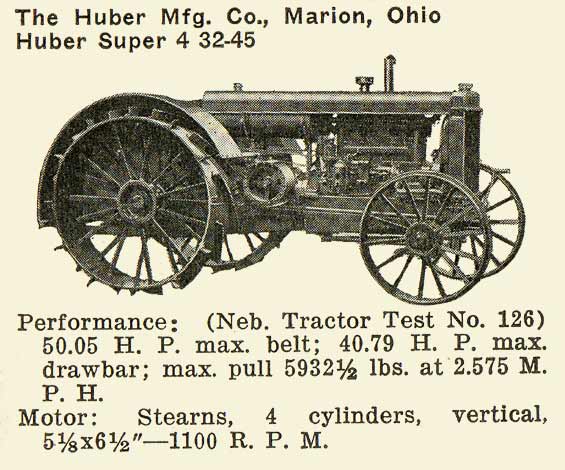
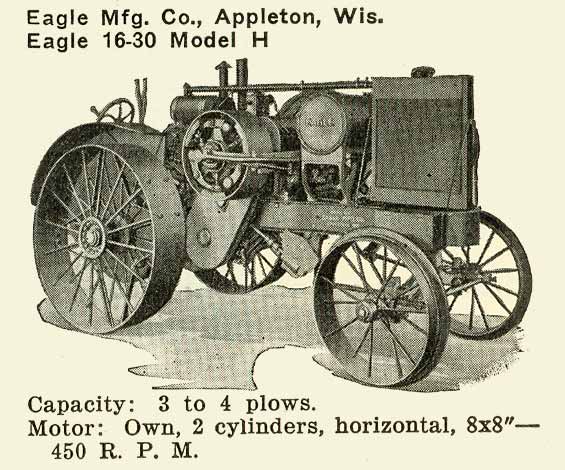
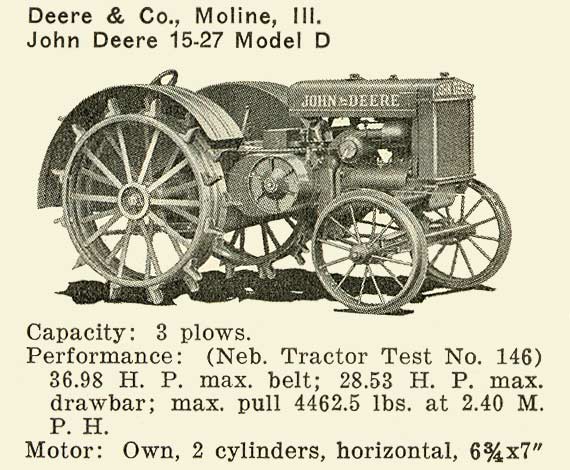
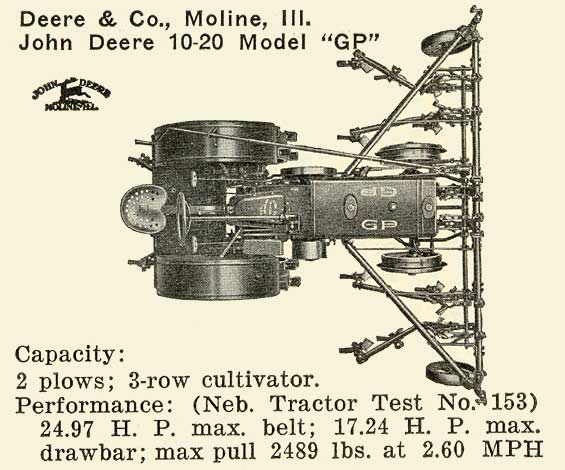
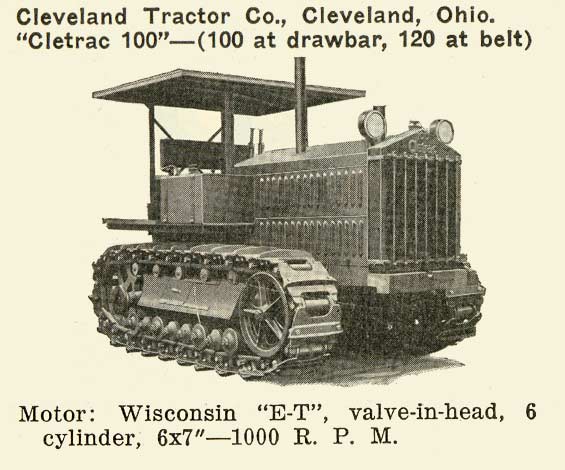
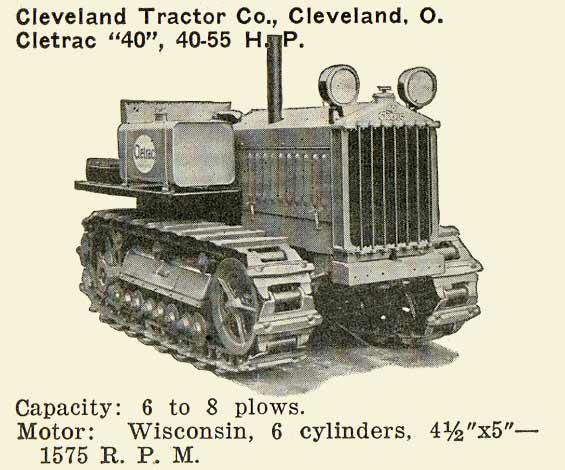
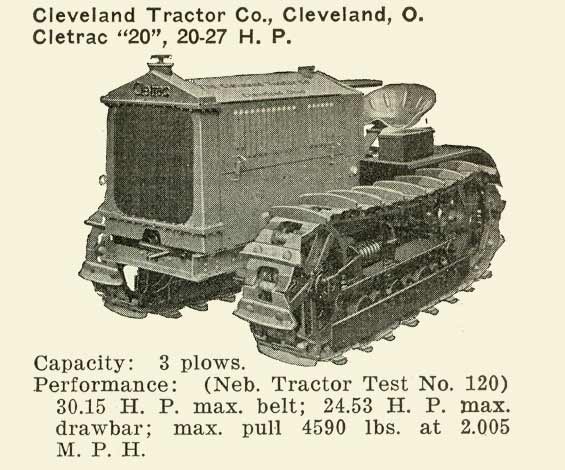
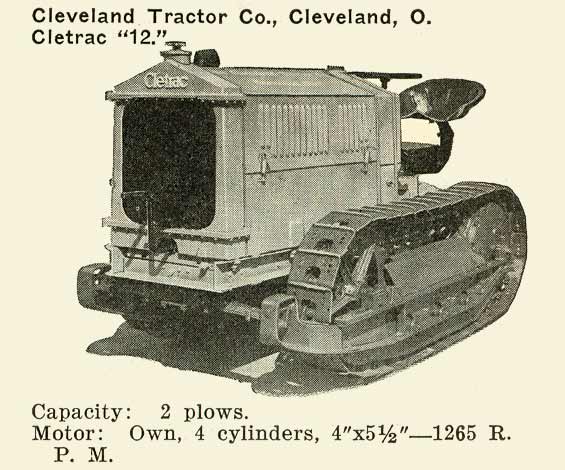
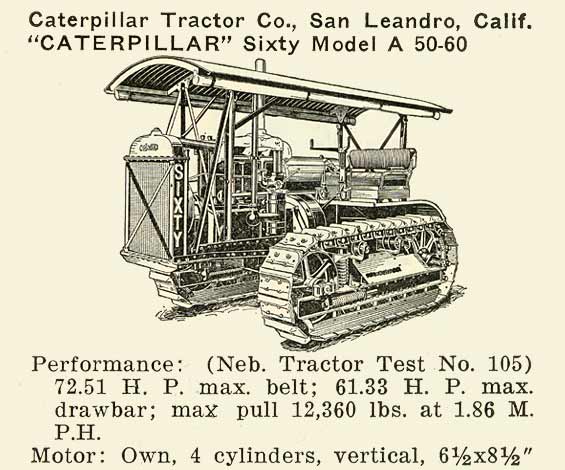
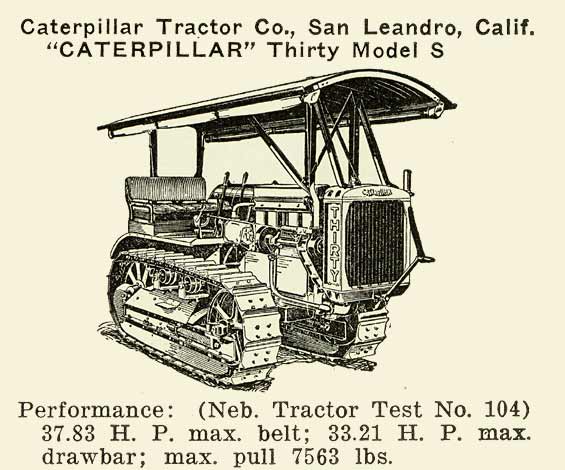
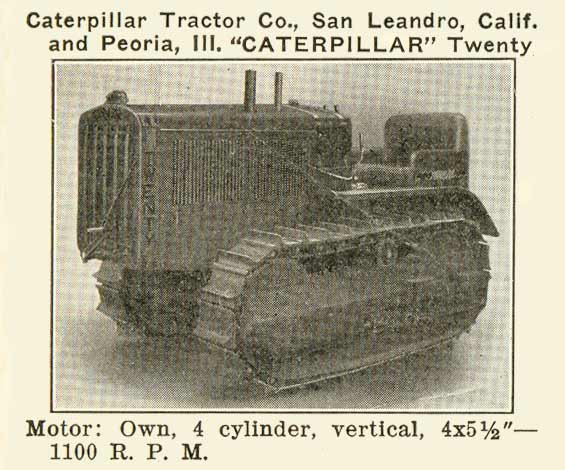
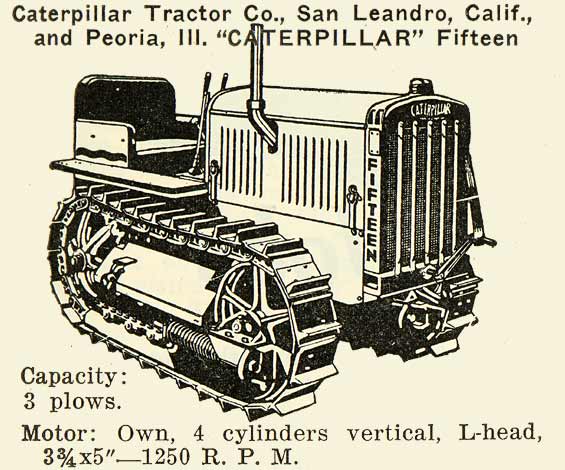
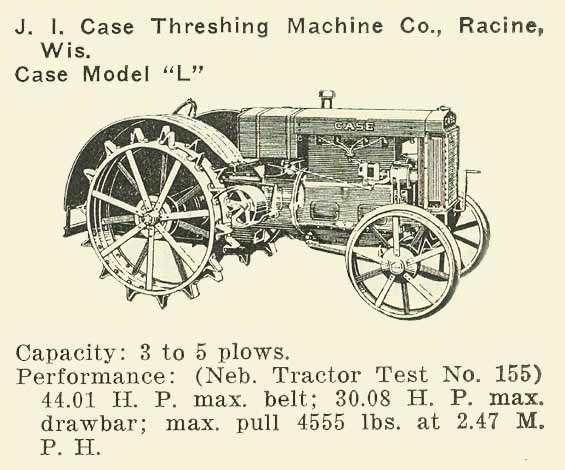
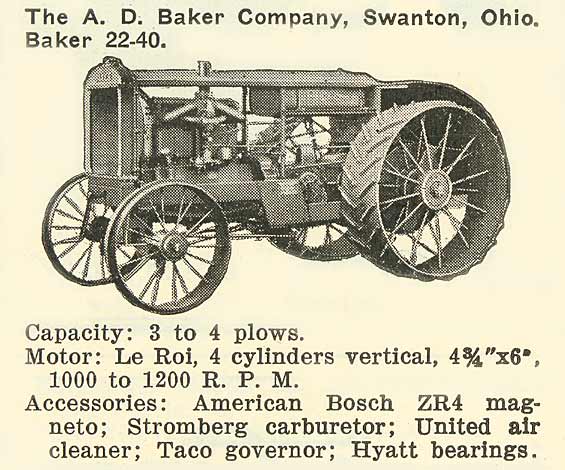
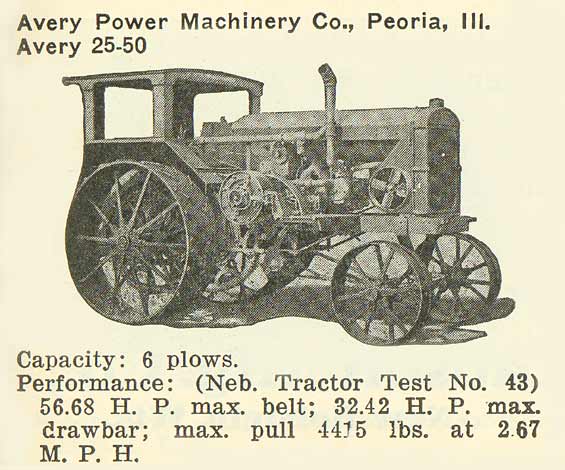
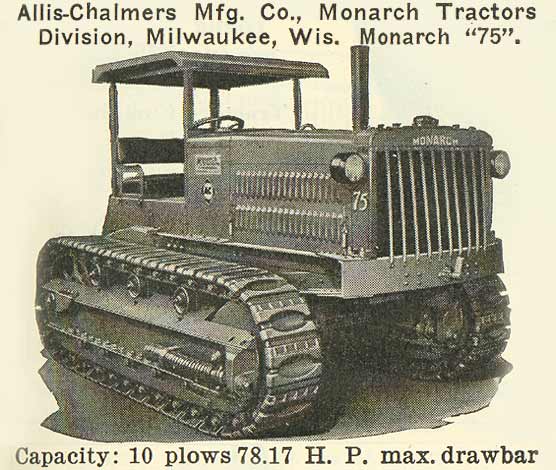

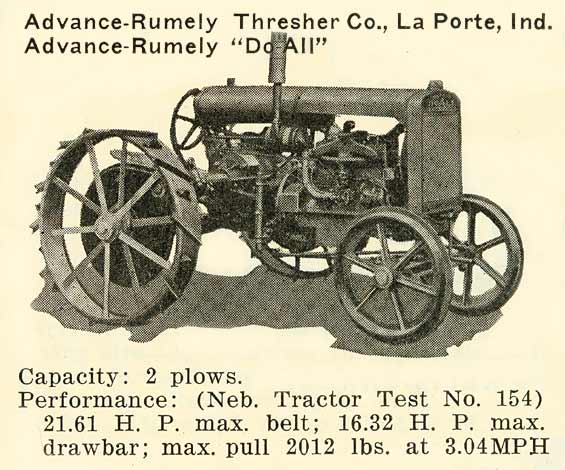
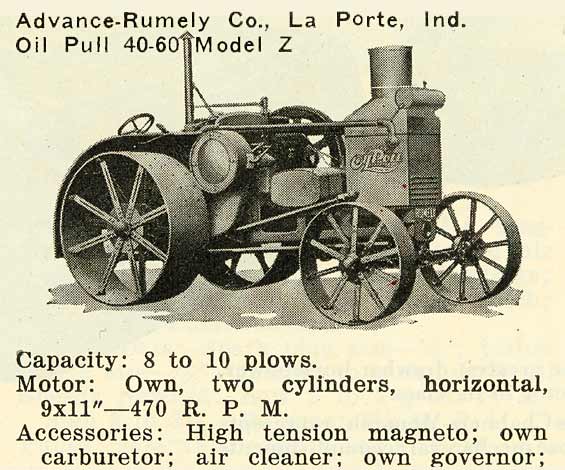
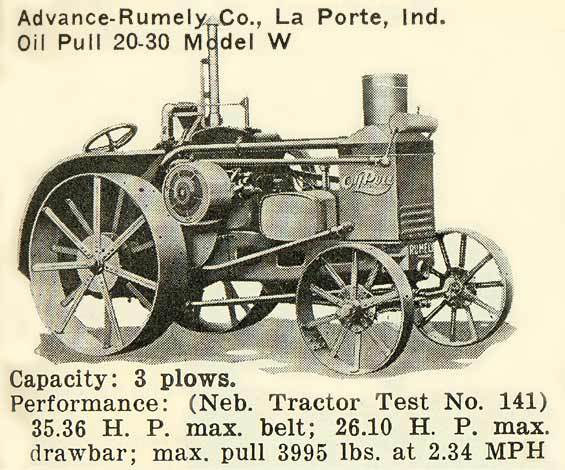
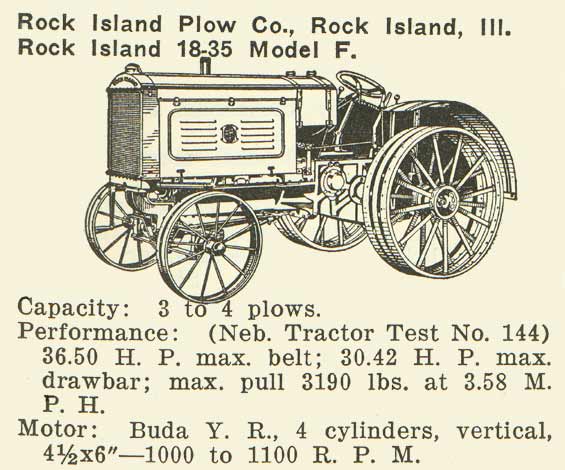
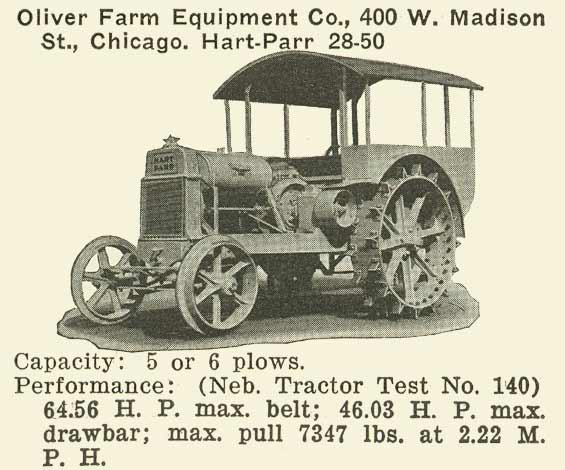
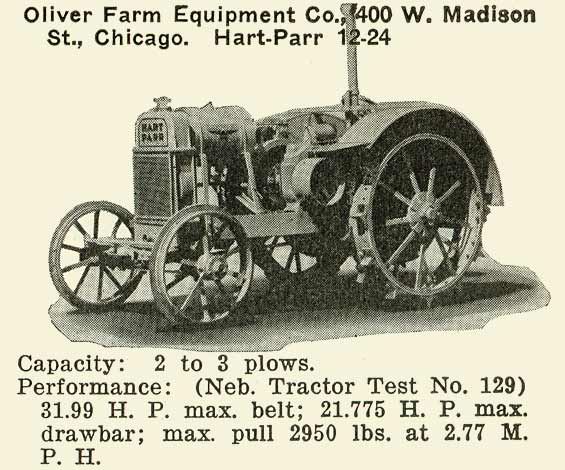
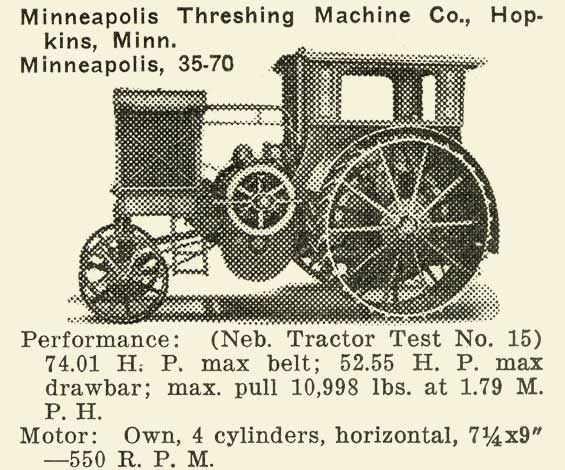
 “I think my dad bought a John Deere D tractor along about ’24 or ’25 and bought it to plow with…They raised wheat and had to do a lot of plowing with that. He bought a Case Model L tractor with a four cylinder [in 1928]. He got that to pull the threshing machine with. It also could plow and disc…The first one … run on kerosene, but it had a little tank that had gasoline in it that you started it with…You’d open the petcock over the valve … and you had the flywheel on the side and you’d turn the flywheel and then suck the gas in and the it would fire. And when it got to firing, you’d shut the little petcock off. And then as soon as it warmed up a little, you’d … turn it from gasoline over to kerosene and then as long as it was warm it would run good on kerosene. Then the Case tractor had the crank in front … but you just cranked it like a Ford Model T [car]…With the horses you raised your own feed, raised oats and alfalfa to feed them … and then you went to tractors … you had to buy your fuel. So you’d have to use your cropland to raise the money to buy tractor fuel… So might be better off with just horses.” — Kenneth Jackson
“I think my dad bought a John Deere D tractor along about ’24 or ’25 and bought it to plow with…They raised wheat and had to do a lot of plowing with that. He bought a Case Model L tractor with a four cylinder [in 1928]. He got that to pull the threshing machine with. It also could plow and disc…The first one … run on kerosene, but it had a little tank that had gasoline in it that you started it with…You’d open the petcock over the valve … and you had the flywheel on the side and you’d turn the flywheel and then suck the gas in and the it would fire. And when it got to firing, you’d shut the little petcock off. And then as soon as it warmed up a little, you’d … turn it from gasoline over to kerosene and then as long as it was warm it would run good on kerosene. Then the Case tractor had the crank in front … but you just cranked it like a Ford Model T [car]…With the horses you raised your own feed, raised oats and alfalfa to feed them … and then you went to tractors … you had to buy your fuel. So you’d have to use your cropland to raise the money to buy tractor fuel… So might be better off with just horses.” — Kenneth Jackson The crew captains walked into the briefing room, looked at the maps and charts and sat down with their big celluloid pads on their knees. The atmosphere was that of a school and a church. The weatherman gave us the weather. The pilots were reminded that Berlin is Germany’s greatest center of war production. The intelligence officer told us how many heavy and light ack-ack guns, how many searchlights we might expect to encounter. Then, Jock, the wing commander, explained the system of markings, the kind of flares that would be used by the pathfinders. He said that concentration was the secret of success in these raids; that as long as the aircraft stayed bunched, they would protect each other.
The crew captains walked into the briefing room, looked at the maps and charts and sat down with their big celluloid pads on their knees. The atmosphere was that of a school and a church. The weatherman gave us the weather. The pilots were reminded that Berlin is Germany’s greatest center of war production. The intelligence officer told us how many heavy and light ack-ack guns, how many searchlights we might expect to encounter. Then, Jock, the wing commander, explained the system of markings, the kind of flares that would be used by the pathfinders. He said that concentration was the secret of success in these raids; that as long as the aircraft stayed bunched, they would protect each other.

 Scientists have adopted several different definitions of drought to help them understand the forces the produce it and to predict when another cycle may hit. The simplest definition is a deficit in moisture availability due to lower than normal rainfall. Other measures look at vegetative conditions, agricultural productivity, soil moisture, water levels in reservoirs and streams, and economic impacts. Using these measures, the University of Nebraska’s Drought Mitigation Center maintains a weekly drought monitoring map, along with a host of other information.
Scientists have adopted several different definitions of drought to help them understand the forces the produce it and to predict when another cycle may hit. The simplest definition is a deficit in moisture availability due to lower than normal rainfall. Other measures look at vegetative conditions, agricultural productivity, soil moisture, water levels in reservoirs and streams, and economic impacts. Using these measures, the University of Nebraska’s Drought Mitigation Center maintains a weekly drought monitoring map, along with a host of other information.